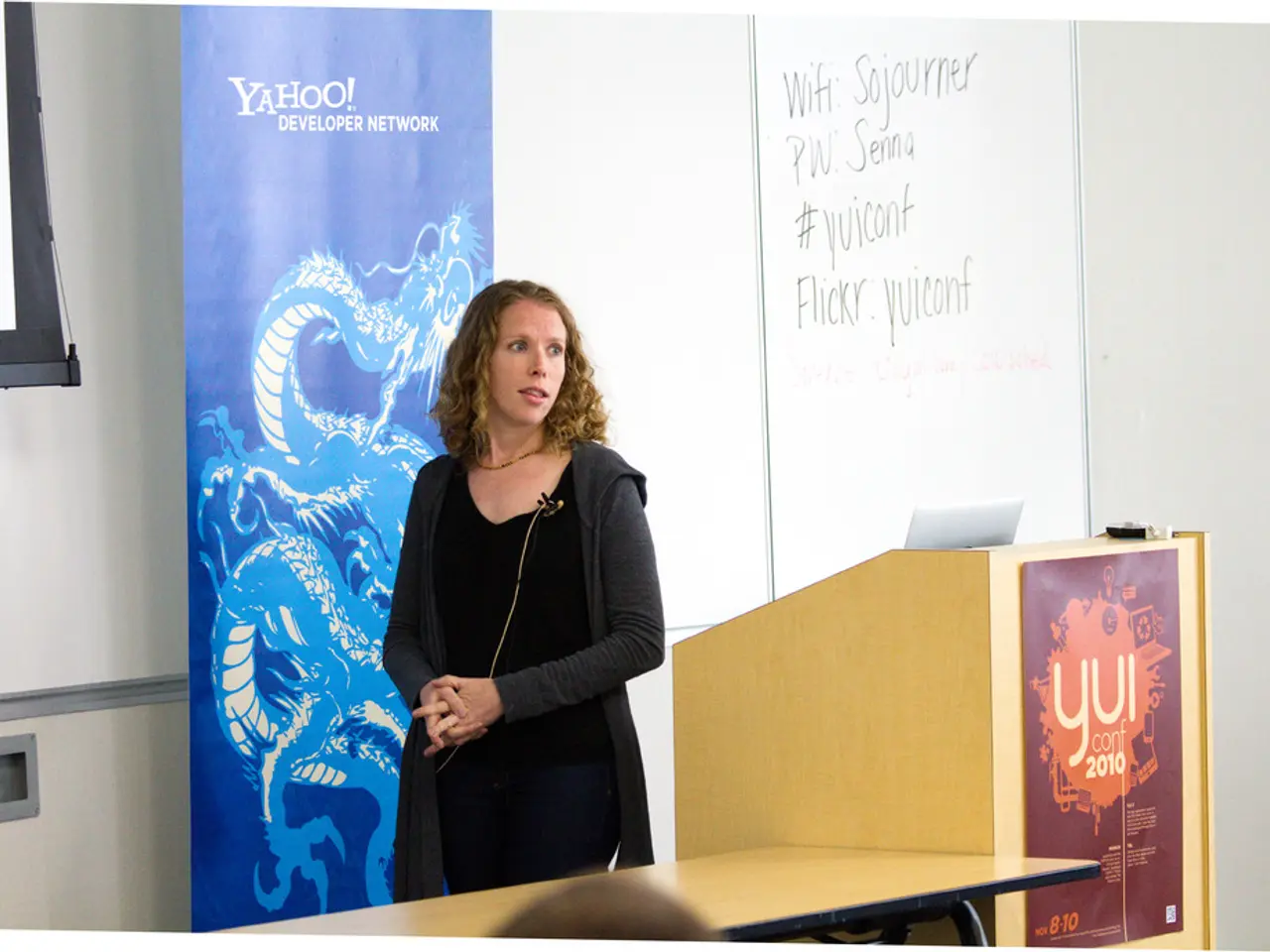Streamlining Knowledge Acquisition: Simplify Your Studies and Grasp Any Topic Efficiently (Referring to The Feynman Technique)
Mastering new knowledge can sometimes be a daunting task, especially when the subject matter is intricate or uncharted. Whether you're a student cramming for exams, a professional striving to enhance a skill, or a curious soul eager to expand your horizons, employing an effective learning strategy is paramount. Enter the Feynman Technique-a straightforward, efficient method named after the brilliant physicist Richard Feynman. This technique is designed to aid you in comprehending, retaining, and applying new information more proficiently. Let's delve into how you can put the Feynman Technique into action and simplify learning, gaining mastery over any subject.
What's the Big Idea?
The Feynman Technique revolves around the idea that understanding something truly means being able to explain it in a simple manner. Feynman, a Nobel Prize-winning physicist who was renowned for breaking down complex concepts into comprehensible explanations, proposed the technique, which involves four uncomplicated steps:
- Pick a Puzzle: Begin by selecting a concept you're keen to understand. It could be anything from a scientific theory to a business strategy.
- Teach it to a Kid: Elucidate the concept as though you're educating a child. This forces you to use simple language and break down the idea into its simplest components.
- Pinpoint Pitfalls: As you explain, you'll likely stumble upon areas where your understanding is shaky. Write these down and visit your resources to fill in the gaps.
- Streamline and Simplify: Revisit your simplified explanation and fine-tune it. Use analogies and simple language to ensure the concept is crystal clear.
Let's Dive In: Step 1
Start by selecting a topic that catches your interest. Narrow it down to something specific, making the learning process more manageable and focused. Rather than opting for a broad subject like "physics," try "Newton's Laws of Motion."
Teach 'em Right: Step 2
This step forms the crux of the Feynman Technique. Pretend you're explaining the concept to a child or someone with little to no background in the topic. Avoid technical jargon and break the idea down into its fundamental elements. For instance, if you're expounding on Newton's First Law of Motion, you might say, "Objects continue to move in the same direction at the same speed unless acted upon by an external force."
By doing so, you're prompted to distill the idea to its core components, leading to a more profound understanding of the subject. If you discover that you can't explain the concept in simple terms, it's a sign that you need to revisit and study that aspect more thoroughly.
Bring it All Together: Step 3
As you explain, you'll likely encounter areas where your understanding is fuzzy. Make a note of these gaps and visit your resources to learn more and clarify these points. This step is crucial as it's where real learning takes place. You'll deepen your understanding and inch closer to mastery by addressing these gaps.
Polish it Off: Step 4
Return to your simplified explanation and refine it. Aim to make the explanation even more straightforward and concise. Use analogies or practical examples to illustrate the concept. For instance, to demonstrate inertia, you might compare it to pushing a shopping cart-it's easier to keep it moving once it's already in motion but takes effort to get it started.
This last step helps reinforce your understanding and aids in retaining the information. The clearer and more straightforward your explanation, the better you've absorbed the concept.
Why Does it Work?
The Feynman Technique hinges on active learning and metacognition-reflecting on your own learning process. By compelling you to explain a concept simply, it incites in-depth engagement with the material. This method also nourishes curiosity and critical thinking, inspiring you to continually question and refine your understanding.
Furthermore, teaching is an effective learning strategy. Not only does it solidify your knowledge, but it also provides a deeper understanding of the subject. The process of identifying gaps and reviewing your resources ensures continuous learning and progress.
In a world awash with information and situated amidst dwindling attention spans, the Feynman Technique offers a practical, efficient approach to learning profoundly and effectively. So, the next time you face a new topic or skill, give the Feynman Technique a go. Simplify, explain, refine, and master your way to a deep understanding.
Through the Feynman Technique, personal growth and education-and-self-development come into play as one learns more proficiently. By picking a specific topic, teaching it as if educating a child, identifying gaps in understanding, and refining the explanation, this method fosters an in-depth engagement with the material, promoting learning and mastery. Employing the Feynman Technique for learning can lead to simpler, crystal-clear understanding of complex concepts, aiding in personal growth and self-development.





